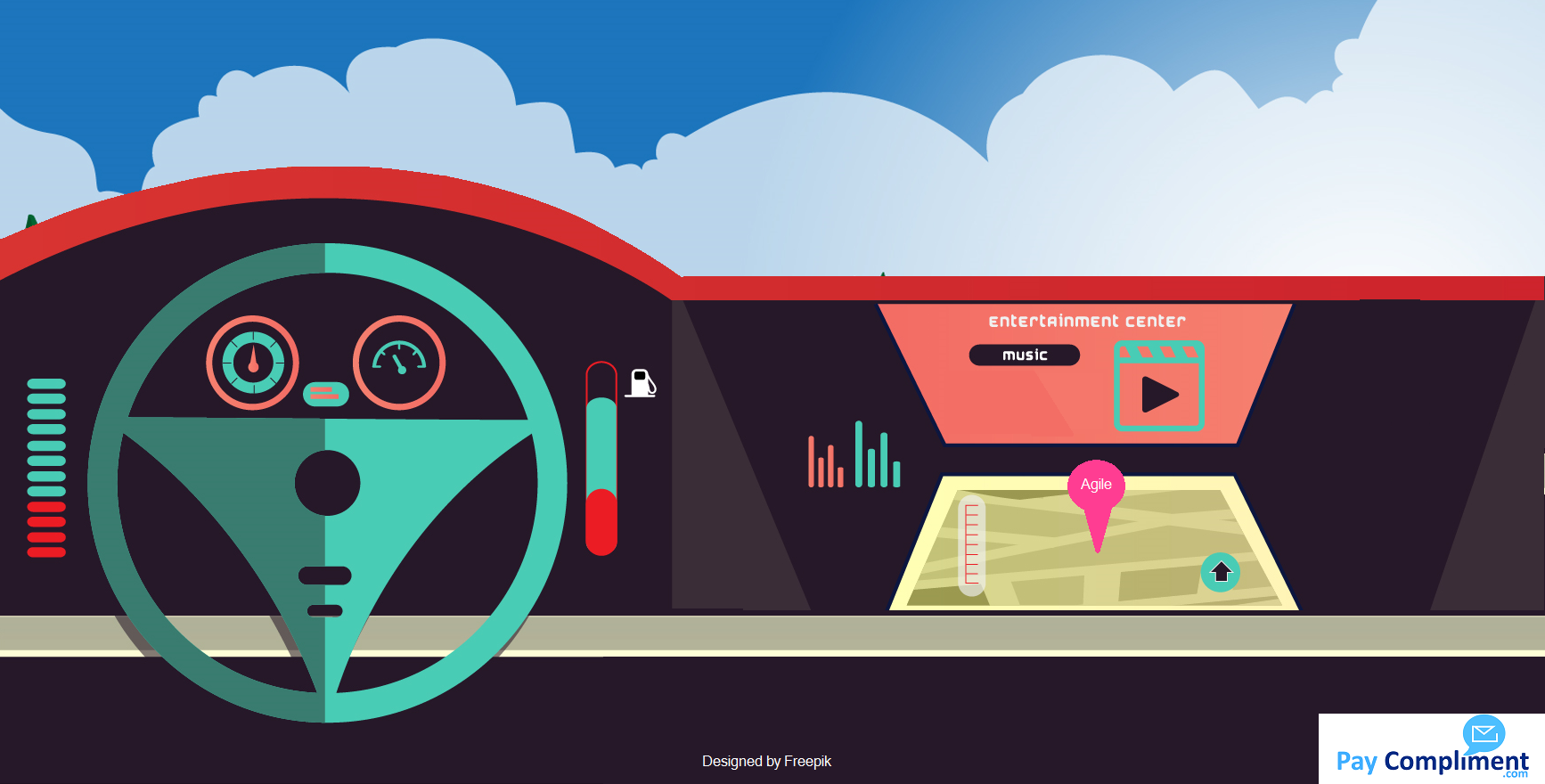
After mapping your route to agile performance management, it's essential to prepare for the journey before setting off.
Since you've decided the destination and mapped the route this may fill you with feelings of excitement, but for many this will also be mixed with anxiety. Anxiety will certainly be felt by your co-workers who are hearing about things for the first time and don't know what to expect yet.
Your first job is to minimise anxiety and to make sure that everyone is ready for the journey you're about to take.
Just like you might check the warning lights, pump up the tyres and fill up the fuel tank before a road trip, you need to do the same with your people before setting off on this change journey.
Check the warning lights
The human brain is wired to recognise threats. Change is a threat. Awareness that change is coming will trigger warning lights in the minds of your team.
To extinguish these warning lights requires well designed communication. We recommend the CORE model from Head Heart + Brain as the basis of your communication design.
Having CORE in mind you should try to ensure all of your communications clearly provide;
- Certainty: clarity of what the future holds,
- Options: the extent to which people will have choices and not be railroaded down a path they are uncomfortable with,
- Reputation: how social status and relative importance will be preserved, and
- Equity: the means by which fairness is assured
Doing this will lower threat. Doing this brilliantly will trigger the alternate system of the brain; reward, and have your people looking forward to the change most positively.
Pumping up the tyres
The tyres transfer direction and momentum to the road.
In the case of this change that is done through your managers.
Paradoxically just when you want them to be pumped, your managers are likely to be the most deflated by some aspects of agile performance management.
Agile performance management brings with it greater emphasis on individual accountability, autonomy and influence. There is far less reliance on positional power, which could be the way your managers have traditionally got things done.
To thrive in agile organisations, and particularly if you're transforming into one, your people will look to managers to act as coaches and not the boss. Successful managers will be those that empower their team rather than control it.
As there are less traditional employer/employee relationships, and more contract/contingent positions (filled with millennials that place low value on authority) managers face the reality that what got them here wont get them there.
For managers to be optimistic about their future they will need a new playbook. This should provide support to develop their coaching competencies, tools to help with agile goal setting, multi-directional feedback on how they're doing, and a pace of change that doesn't make them feel like they are completely loosing traction, or about to burst from excess pressure.
Sydney Finkelstein's book "Superbosses" is one of our favourite models of manager-to-coach playbooks. It supports our evidence based approach to leading people and makes it easy for managers to recognise if they're a Glorious Bastard, Nurturer or Iconoclast!
Filling up the fuel tank
The fuel for your agile performance management journey is conversation.
It's a fuel that's in short supply.
Take a look around. How many people have blocked themselves out with headphones, are interacting with devices, or are 'chatting' in a messenger app instead of IRL (in real life)?
Digitisation, remote work, modern office redesign, and flexible work hours have eroded the opportunity for conversation at work. Societal changes have eroded it at home.
If conversation is not thriving in your culture, you will stall before your journey to agile performance management even begins. For thriving conversation, the measure is not quantity of conversation, but quality of conversation.
It is highly likely that your entire workforce need to be upskilled and to relearn the art of conversation so that it becomes normal again.
You need to make conversation a renewable energy source so that you never run out of fuel, and the best approach we've seen to this came from T-Mobile.
Amping up conversation like T-Mobile
In moving to agile performance management, T-Mobile identified the types of conversations people would likely want to have. This ranged from recognition, career progression, poor performance, to compensation and so on; 30 topics under 6 themes in all.
For each conversation type they noted the key points to cover so that each conversation could be structured.
To practice and raise competency they had their people pick a conversation type and role play a conversation with their partner. This built competency in the types of conversation, and it also got people used to the feeling of vulnerability that comes with having an unplanned conversation 'in the moment'.
To help with this aspect of preparation the book "Conversations at Work" by Tim Baker and Aubrey Warren is a great resource.
Your readiness checklist
You are ready to begin your journey to agile performance management if you have
- Communicated in a brain savvy way where you are heading, and why, and are getting the feedback that your people are optimistic about it
- Understood the changes required of managers, and provided the resources they need to perform at their best during the journey and at your destination
- Prepared all of your people to talk to each other, often, and with purpose
If you're ready, then start your engine and let's go.
If you're still anxious, then the team at Pay Compliment together with our global partnerships with HR experts can help you tune up so you're all set for the road ahead.